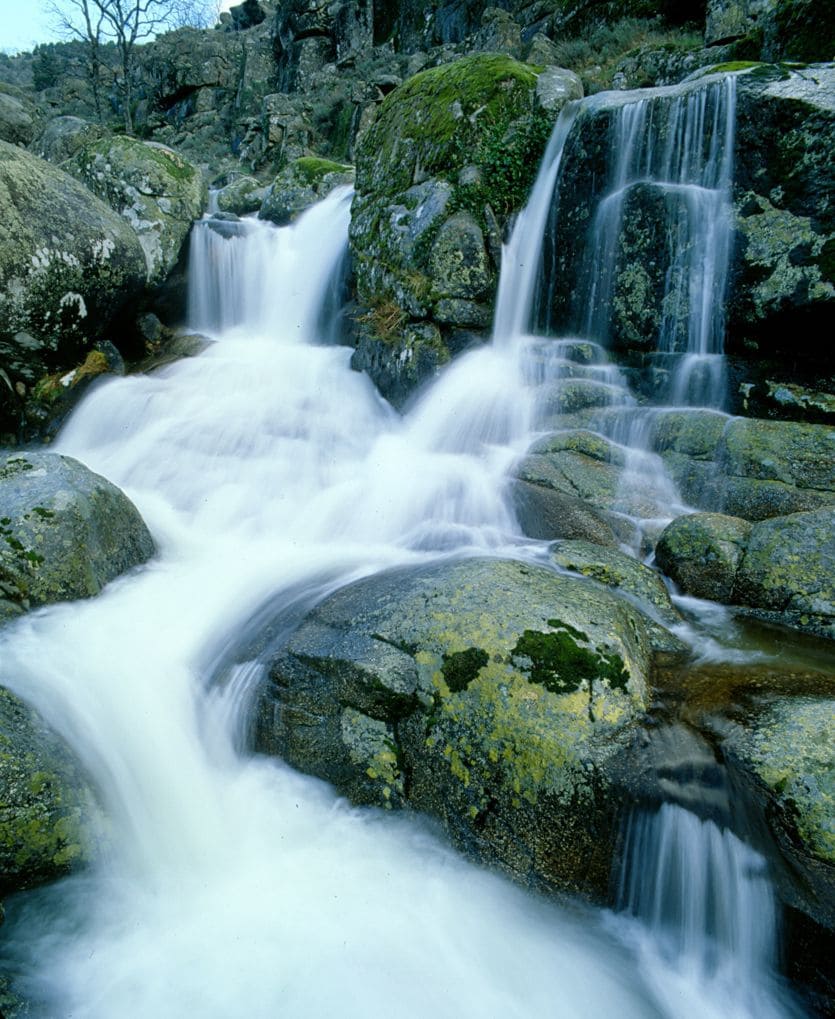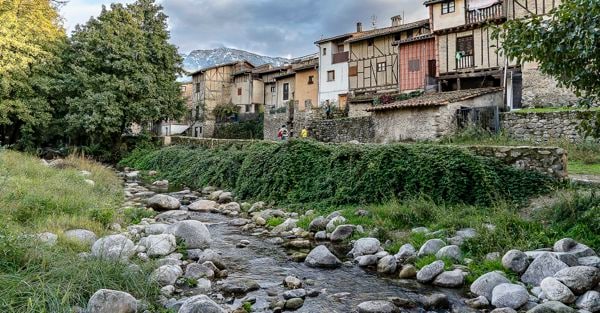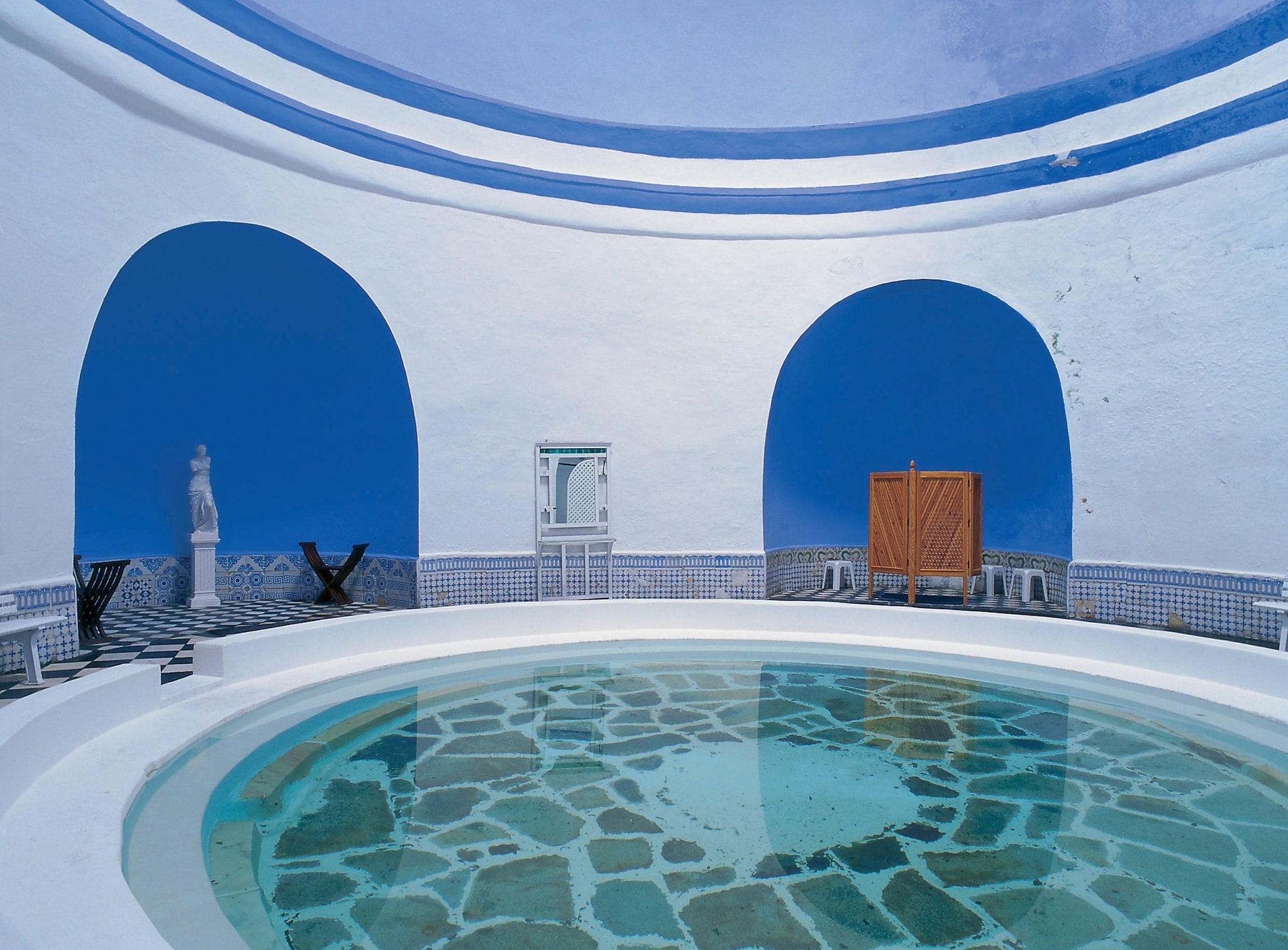Thermal baths and wellness: the other Spain in Extremadura

With the arrival of autumn and the scorching heat of summer now behind us, one of the best times to visit southwest Spain begins. Extremadura, a lesser-known yet surprising region, offers ideal days for a journey through wellness, nature, and history. Despite being inland, water is the central element of the Extremadura landscape: artificial lakes, meandering rivers, hidden waterfalls, and hot springs create a vibrant and captivating landscape. Thermal waters are one of the elements that make it a unique destination for those seeking wellness and relaxation: there are six spas in the region, renowned for the healing properties of their mineral waters. This inviting dimension of self-care is complemented by relaxing landscapes and centuries of history, including medieval villages and Roman cities. To reach Extremadura, you can fly to Madrid, Seville, or Salamanca and continue by train, bus, or car.

Hervás 1 (Cáceres-Extremadura) ©Spanish Tourist Board-Turespaña
In the heart of the province of Badajoz, just a few kilometers from Portugal, two thermal spas are a reminder of the importance of healing waters here: the Alange spa and the Balneario El Raposo. Before relaxing, you can visit the city of Badajoz, with its historical heritage, largely donated by the Arabs, who built the Alcazaba, an imposing castle-fortress, in 875. From here, you can overlook the ancient defense system of bastions and walls that still tell the story of the city. A few kilometers from Badajoz lies Alange, a town on the shores of the artificial lake of the same name, with its famous spa. Built by the Romans in the 3rd century, it is a UNESCO World Heritage Site. Inside, you'll find a timeless atmosphere: sunny courtyards, manicured gardens, and a slow pace that invites relaxation. The thermal waters of Alange, known since ancient times for their beneficial properties, are particularly suitable for treating rheumatism and respiratory ailments. Immersing yourself in these pools means regenerating body and spirit, in a setting of absolute tranquility. Further south is the Balneario El Raposo, another key spa destination in Extremadura. Here, the healing element is natural thermal mud, and the history of this spa has almost legendary origins: in 1860, a local farmer accidentally discovered the therapeutic properties of the spring when he found his pig, suffering from joint pain, covered in mud next to a pond. From then on, the animal found relief, and news quickly spread among the locals, who discovered the beneficial properties of these waters, capable of improving the conditions of those suffering from pain and inflammation. Thus, in 1886, the first buildings of the El Raposo spa were built, which is still famous today for its thermal waters and mud.

Hervás 1 (Cáceres-Extremadura) ©Spanish Tourist Board-Turespaña
The historic center of Cáceres, a UNESCO World Heritage Site, is a jewel preserved intact by time. Its architecture reflects the city's history, marked by battles between Moors and Christians, and is a fascinating blend of Roman, Islamic, Northern Gothic, and Italian Renaissance styles. The influences of these cultures are clearly visible in the approximately one-kilometer-long Moorish city wall, palaces, and towers. The province of Cáceres is home to four other spas that make Extremadura a renowned destination for thermal baths: Baños de Montemayor, Fuentes del Trampal, the Valle del Jerte spa, and El Salugral.

Alange Spa 2©Spanish Tourist Board-Turespaña
When the chestnut and oak forests are tinged with warm, intense colors. This natural spectacle is celebrated every year with the Otoño Mágico (Magical Autumn) event, which in 2025 will be held from October 24th to November 30th. The program includes tastings of typical dishes, guided tours, concerts, theatrical performances, and exhibitions. Among the valley's attractions are its hot springs, used since Roman times, between the 1st and 4th centuries. The Baños de Montemayor thermal baths were highly prized by military personnel, officials, and the local population for the properties of their sulfurous waters. Today, this center combines modern facilities with ancient Roman baths, offering wellness and relaxation experiences. In the small village of Montánchez, you'll find the Fuentes del Trampal thermal baths, where the therapeutic use of these waters has also been practiced for centuries. It is the blossoming of the 1.5 million cherry trees that brightens spring in the Jerte Valley. An enchanting place, crossed by the river of the same name, offering year-round hiking trails, such as the Garganta de los Infiernos circular hike: 16 kilometers, which can be hiked in about six hours, winds from the town of Jerte through the spectacular landscapes of this nature reserve, including rock formations shaped by water and natural pools known as giant's pools. Just a twenty-minute drive from Jerte are the Jerte Valley hot springs: a hydrothermal spa offering wellness treatments, including those featuring cherry and chocolate. Finally, in the picturesque village of Hervás, known for the historical and cultural heritage left by its Jewish community, the El Salugral hot springs are another wellness center dedicated to the properties of their mineral waters.
ilsole24ore





